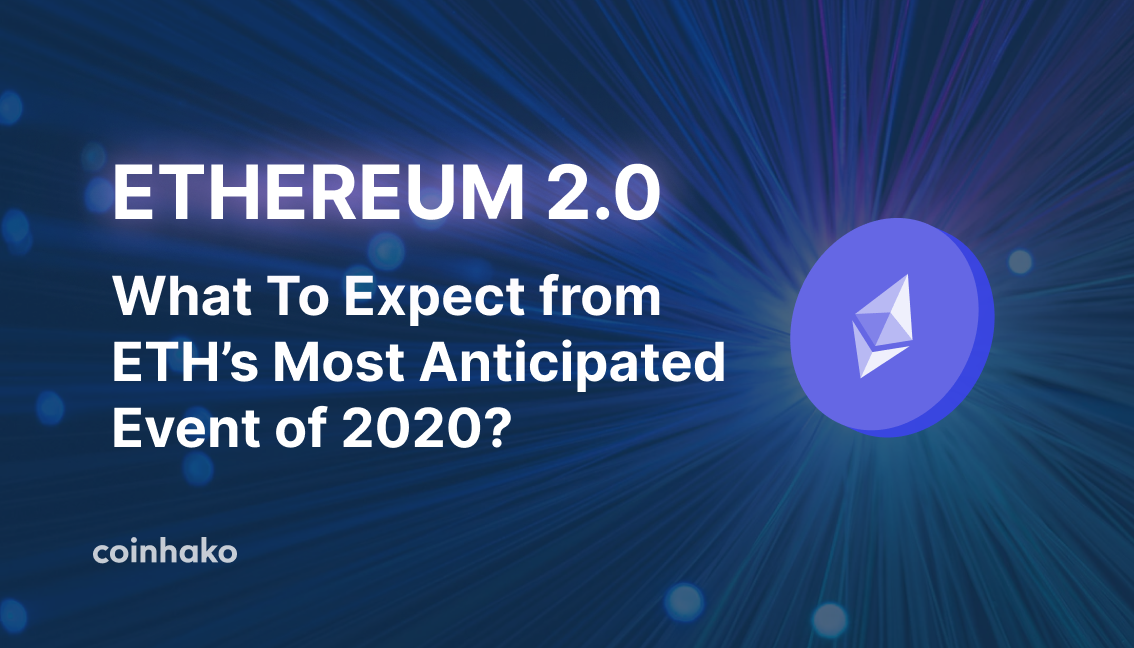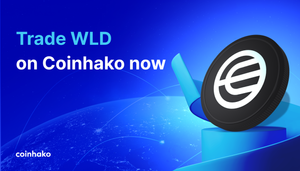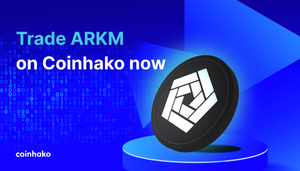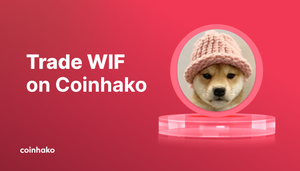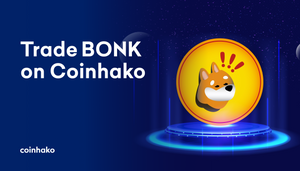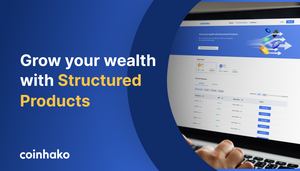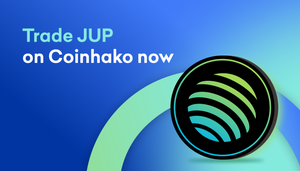In case you haven’t caught up, here’s a breakdown of what all the hype surrounding Ethereum 2.0 is about.
What exactly is Ethereum 2.0?
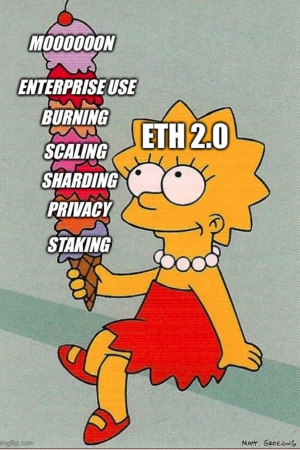
Ethereum 2.0, also known as Eth2 or “Serenity”, is an update which will see changes to the way the Ethereum blockchain functions. The update is scheduled to split into 3 different phases, and the 1st phase (aka Phase 0) is estimated to occur on 1st December 2020.
More notably, the update will see the 2nd largest cryptocurrency and blockchain network decouple from a ‘proof-of-work’ consensus model to ‘proof-of-stake’ one, and introduce the use of sharding to improve the throughput** of transactions on the ETH network.
Phase 0 of Ethereum 2.0 will also see the introduction of the beacon chain to facilitate the gradual transition of these new concepts into the Ethereum mainnet.
🔖Throughput: The amount of transaction data that can be processed over a given period of time.
What is Proof of Work?
Proof of work is a consensus algorithm that allows an interconnected network of nodes (or ‘miners’) to govern the integrity of transaction records on blockchains like Bitcoin, by solving mathematical puzzles.
These miners are awarded tokens for their work in regulating the blockchain – this is commonly known as mining – and the Ethereum network has run on this since it was first launched.
What is the difference between Proof of Work and Proof of Stake?
With the Proof of Stake algorithm, transaction validations are awarded to miners based on the amount of tokens they hold, as opposed to the consolidated effort across the network that would come with a Proof of Work model.
To put it simply, the more tokens you have, the more mining power you have; Many believe that this allows blockchains to operate more efficiently.
👉 See ETH price today
What is Sharding?
Sharding is a means to increase transactional throughput on a blockchain. This is done by dividing the computational and storage workload across a peer-to-peer network so that each node isn’t responsible for processing the entire network’s transactional load. This is believed to improve the overall scalability and efficiency of the blockchain.
💡 Fun fact: Zilliqa, which is supported on our platform, was one of the first blockchain projects to utilize sharding, and boasts a throughput rate of 2828 transactions per second!
Is Ethereum 2.0 an Ethereum Fork? A common misconception about network upgrades on blockchains is that 2 separate tokens will always emerge from it.
While the majority of blockchain forks are essentially a network upgrade, only contentious forks that split a community will cause 2 separate tokens to emerge; Some of the most prominent contentious hard forks would be the Bitcoin Cash fork from Bitcoin in 2017, and Ethereum Classic from Ethereum in 2014.
What’s the big deal?
Earlier in May 2020, Bitcoin’s Halving – where miner rewards were slashed in half – made headlines across the cryptocurrency space. The event catalyzed renewed interest in the market as many believed the changes to the number 1 cryptocurrency and blockchain network, will have a positive impact on the entire blockchain landscape.
Bitcoin’s price has seen a constant rise in price since the Halving, growing from just under $10,000 USD to almost $20,000 USD at this time of writing! Many believe that the Ethereum 2.0 update, could present a similar situation for Ethereum.
The transition to Ethereum 2.0 has also been a long time coming and its initial proposals gave rise to a wave of many solutions-based blockchain projects that are focused on the scalability concepts that discussions about Ethereum 2.0 brought about;
Top market projects like EOS and Polkadot already adopt a ‘Proof-of-Stake’ (POS) model, believing that a POS consensus model is key to developing a scalable blockchain.
The concept of Sharding has also been widely adopted by several blockchains, such as Zilliqa which is supported on Coinhako, resulting in networks that have considerably high throughput.
Given the success of blockchains that already run on Ethereum 2.0 solutions, many believe that the transition for the 2nd largest blockchain in the market will have a positive impact on the entire ecosystem.
Will Ethereum 2.0 affect Ethereum’s Value?
Similar to Bitcoin’s Halving and every other major event in the blockchain space, we cannot say for sure. However, many people do believe that this update has significant upside potential to the price of Ethers – Ethereum’s Native token.
If this were to hold true, any upward price movement that results directly from Ethereum 2.0 will likely come further down the line.
Nevertheless, this update is a major milestone for the entire blockchain ecosystem and at Coinhako, we firmly believe that these innovations will come a long way in solidifying blockchain technology as a solution for many across the world.
The Ethereum 2.0 roadmap
Phase 0
Scheduled to happen on 1 Dec 2020, Phase 0 will kickstart Ethereum 2.0 by releasing the beacon chain, which is essential to coordinating the shard chains. The beacon chain will begin to accept validators or stakers, via a one-way deposit contract.
Phase 1/ 1.5
The next phase is broken down into two sub-phases, Phase 1 and Phase 1.5. Phase 1 will introduce shard chains which will allow validators to create blocks on the Ethereum blockchain using Proof-of-Stake. In Phase 1.5, Ethereum will officially move away from its Proof-of-Work algorithm and fully transition into Proof-of-Stake. This is where the most anticipated 2022 merge comes in.
Phase 2
In Phase 2, Ethereum 2.0 will become the official Ethereum network and will support fully formed shards. Shard chains will be able to operate with smart contracts and this opens up opportunities for seamless integration between Dapps and other technologies with Ethereum.
Stay updated on Ethereum news on the Coinhako app
🍎 For ios: https://click.coinhako.com/CoinhakoIOS
🤖For android: https://click.coinhako.com/CoinhakoAndroid
Copyright © Coinhako 2022 All Rights Reserved. Read more on our terms of use of this blog.
All opinions expressed here by Coinhako.com are intended for educational purposes, taken from the research and experiences of the writers of the platform, and should not be taken as investment or financial advice.
